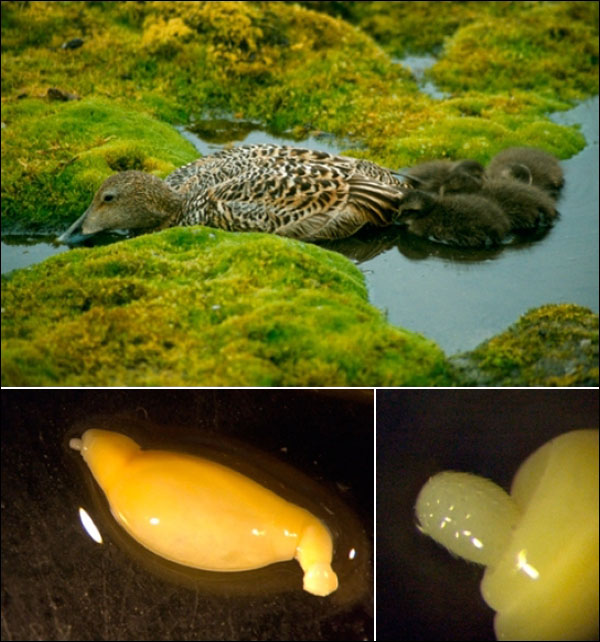Why?
The climate is changing because systems on and beyond the earth are changing. The earth has always experienced changes in climate, but they have occurred as a consequence of natural changes like changes in the angle of the earth's axis, or in the earth's orbit round the sun, and variations in solar radiation. Natural changes are still taking place.
The use of fossil fuels increased greatly after the Industrial Revolution. Their combustion raises the concentration of greenhouse gases, including CO2, in the atmosphere, and it is that increase which is now helping to produce a warmer climate in the Arctic. Measurements show that temperatures have risen throughout the world, and that the average temperatures in the Arctic in the last 100 years have risen twice as rapidly as they have elsewhere in the world. The reason for this is complex feedback loops between the atmosphere, the oceans and the ice. It is therefore difficult to predict how quickly the changes will take place, but they have so far occurred more rapidly than most scientists expected.
Measurements reveal that the temperature over land areas has risen more than in the sea, and that this has been greatest in winter. Climate models which calculate the future trend in the climate show that temperatures will continue to rise, and before the turn of the century the increase will be about 3-5 °C over land and up to 7 °C over the oceans. Winter temperatures are expected to rise even more.
Observations suggest that precipitation in arctic regions has increased by almost 10 %, but lack of data and difficulties with the measurements make the results somewhat uncertain. The total annual precipitation is expected to increase by around 20 % by the end of this century. Most of this will fall as rain in summer, but the greatest increase will occur in winter, when up to 30 % more precipitation is expected.
Mankind now has technology that can change the climate, the environment and nature. Unfortunately, we still know too little about how and why we bring about these changes, and for some parts of the Arctic we know little about their state before we began to change them. Research is needed to learn more about what has happened, what is happening and what will happen. Scientists gather data and perform detailed studies of problems such as the natural trend in the climate since the last Ice Age and the distribution of sea ice in the polar regions. This knowledge assists politicians and other decision makers to reach correct and important decisions. It helps us to take care of and preserve nature that is vulnerable to sudden changes resulting from our technological progress.
What is taking place?
Arctic Ltd gives little thought to why changes in climate occur. It is more concerned about how to deal with them.
Arctic animals are well insulated from the cold, and little heat escapes through their skin and coat. Indeed, it is said that polar bears are so well insulated that they will be invisible in pictures taken with an infrared camera. Their outstanding ability to retain heat may be a problem if they become stressed and hot – when little heat escapes from the body the risk of overheating is great and they may die. However, this is probably a bigger problem if they are being chased by camera-clicking tourists on snowmobiles than in connection with climate change.
The rising temperatures may mean that invasions of more southerly species will, by degrees, pose a major problem. New areas will be available to organisms from the south that cannot tolerate severe cold. They generally grow faster than many of the arctic organisms, reproduce more frequently and can probably easily oust the sluggish arctic species. Micro-organisms like bacteria, viruses and parasites will also find their way northwards, bringing with them new diseases from which arctic animals have so far been spared and therefore lack an immune response to. Introduction of new diseases may lead to epidemics and death among arctic species.
Did you know...
 Technological advances may help to bring major reductions in climate-impacting emissions caused by man, but they would not be sufficient. We must also moderate our energy consumption. For instance, modern motor vehicles pollute less than older ones, but as there are many more vehicles today the pollution trend is nevertheless negative.
Technological advances may help to bring major reductions in climate-impacting emissions caused by man, but they would not be sufficient. We must also moderate our energy consumption. For instance, modern motor vehicles pollute less than older ones, but as there are many more vehicles today the pollution trend is nevertheless negative.
 The photograph shows an acanthocephales (spiny-headed worm), a worm-like parasite that lives in the intestines of birds and mammals eating the food that passes through them. In a study of common eiders, researchers found as many as 152 acanthocephales in the intestine of a single bird, which actually looked completely healthy. They also found 24 tapeworms, which may be several tens of centimetres long. The researchers are studying whether the changing climate is giving more parasites.
The photograph shows an acanthocephales (spiny-headed worm), a worm-like parasite that lives in the intestines of birds and mammals eating the food that passes through them. In a study of common eiders, researchers found as many as 152 acanthocephales in the intestine of a single bird, which actually looked completely healthy. They also found 24 tapeworms, which may be several tens of centimetres long. The researchers are studying whether the changing climate is giving more parasites.
Illustration: Sveinn Are Hanssen, NINA (acanthocephales) and Dag Rydmark, NPI (eider)